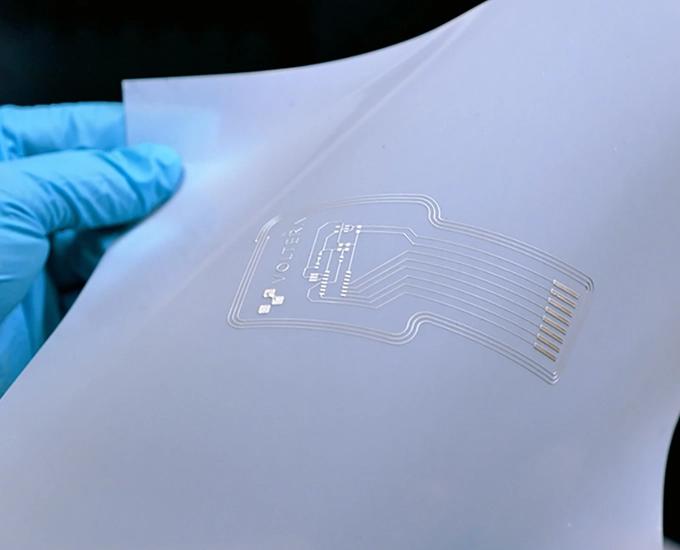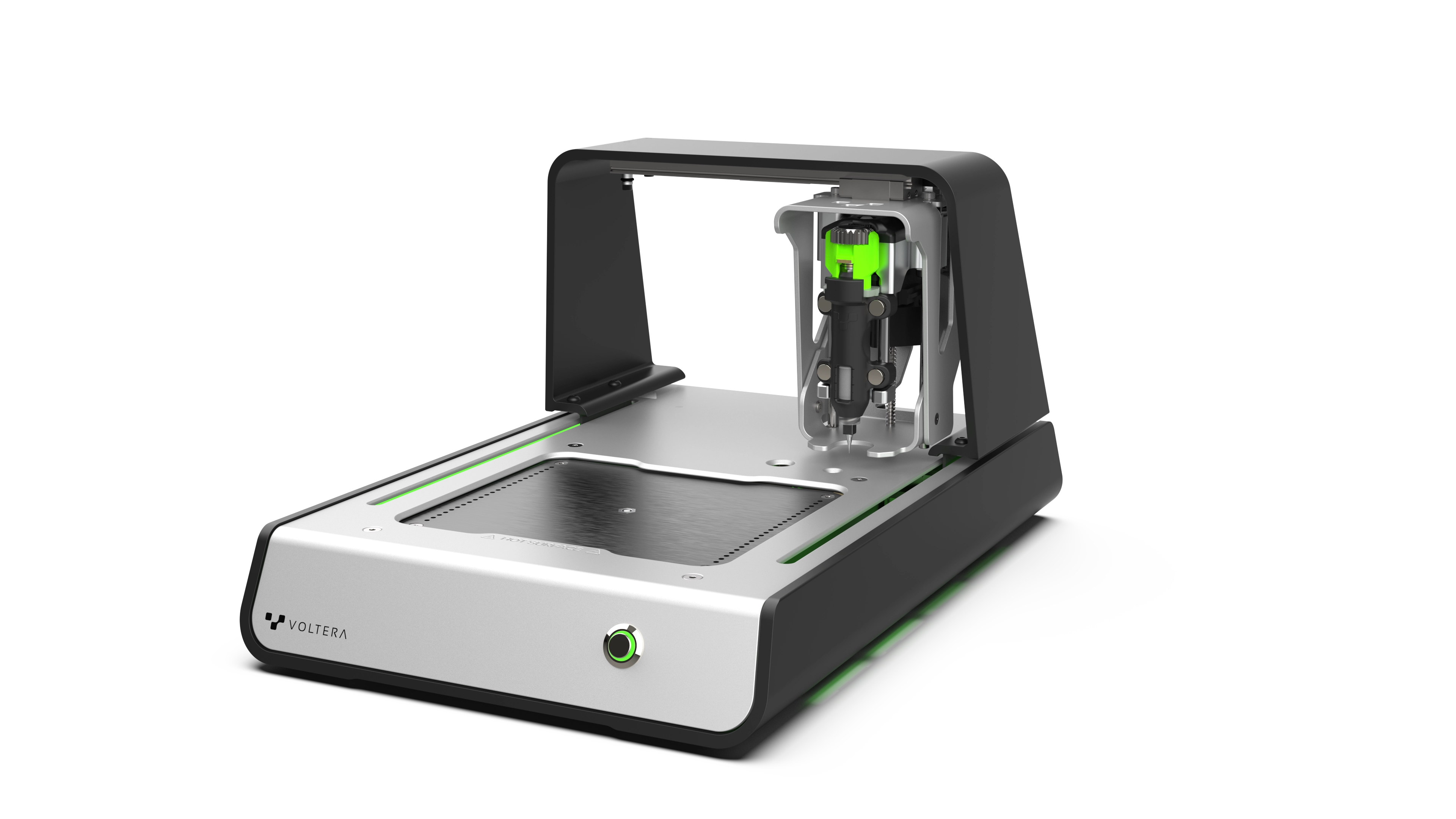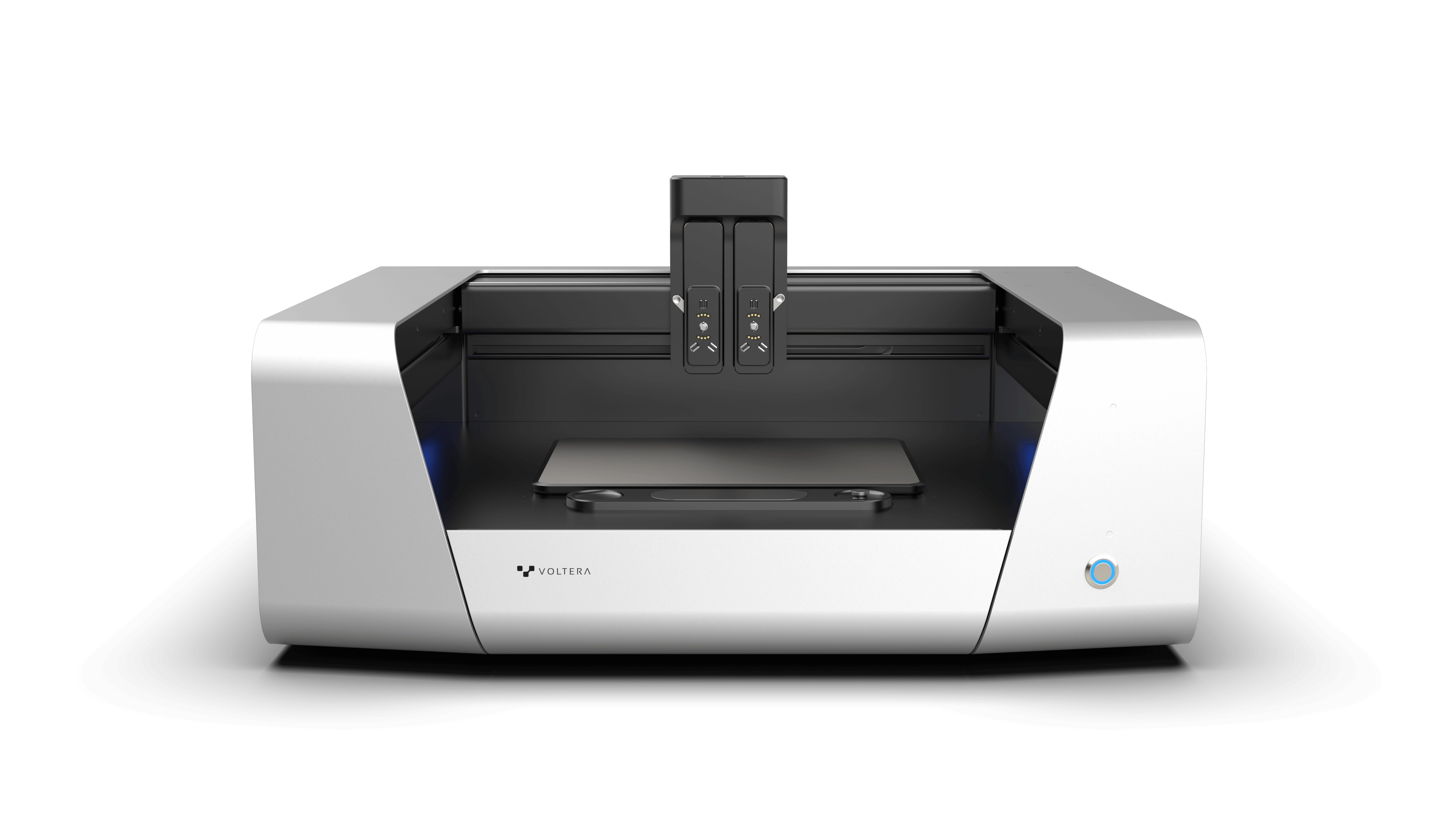The future of electronics is additive
We make dispensing systems for rapid prototyping printed electronics — from traditional circuit boards to the flexible, stretchable, conformable, and biocompatible electronics of tomorrow.
Our products
NOVA
Ideal for:
- ✓Printed electronics R&D
- ✓Flexible and stretchable electronics
- ✓Microdispensing
- ✓Functional materials research
How we’re changing electronics
Unlocking new possibilities
The future of electronics will be cost effective, lightweight, bendable, and integrated into structures. Our dispensing systems unlock these possibilities for a competitive advantage.
Enabling materials freedom
Additive technology offers materials freedom — for inks and substrates — creating new applications in wearable electronics, biomedical devices, printed sensors, and more.
Lowering iteration time
Digital, additive prototyping is fast compared to alternative methods. Iterate designs without needing to invest or waiting for tooling, reducing costs and accelerating design outcomes.
Removing barriers
No contract manufacturers, no minimum order quantity, lower cost of entry, easier to use machines, and design freedom. Additive prototyping solves problems you didn’t even know you had.
Learn more about additive electronics

A Compatibility Guide for Inks and Substrates
If you’re new to additive electronics or flexible hybrid electronics, you probably have a lot of questions when it comes to materials compatibility. When you’re printing with materials, you typically begin with one of two questions:
1. I have this thing and I want to print on it — what ink can I use?
2. I have this ink — what can it print on?
For some categories of inks, there are a lot of variables that determine what you can print on — especially if you’re printing onto soft, stretchable, or flexible substrates.
When you’re innovating in the field of flexible hybrid electronics, trying to figure out how to choose materials for your next project can feel a bit overwhelming. If you want to make informed decisions, you need to understand the factors that influence materials compatibility — ink composition, functional compatibility, curing method, and surface energy.
More: Materials Compatibility












